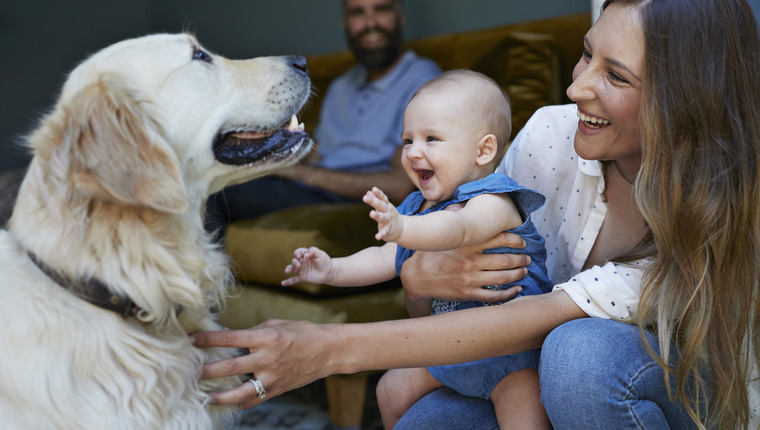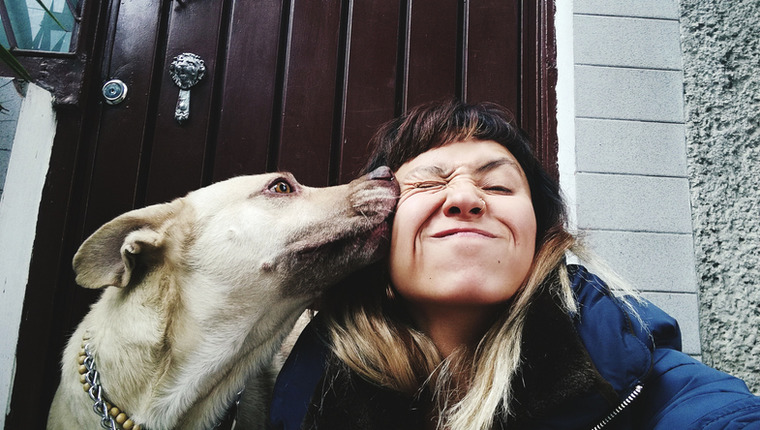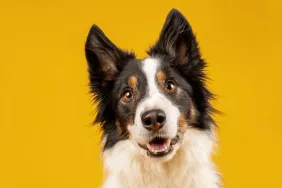
“Dogs show things to humans but pigs do not.” That’s the gist of a SciTech Daily article about a group of researchers studying how domestic animals communicate with us.
Researchers in the Department of Ethology at Eötvös Loránd University (ELTE) in Budapest are at the forefront of studying the canine brain. Previously, professors at the university have elucidated dogs’ abilities to translate language. In another study, the school’s Family Dog Project watched dogs pick their favorite toys.
The Different Ways Dogs Communicate With Humans
The study, published in Scientific Reports, involved researchers showing dogs—and pigs—treats that were within eyesight but out of reach. Interestingly, researchers wanted to know whether the animals would try to elicit the human subjects’ help. Perhaps not surprisingly, only dogs would try to direct their humans to the food. Contrastingly, the pigs simply ignored anything that wasn’t food.
“Domestic animals seem especially predisposed to referentially communicate with humans,” said Paula Pérez Fraga. Fraga is a Ph.D. student of the Neuroethology of Communication Lab at Eötvös Loránd. “However,” she said, “some human-socialized wild animals can do this as well, thus domestication might not be key for this communicative ability to emerge after all”. The study defines referential communication as “the act of directing others’ attention to specific entities in the environment”. However, not all domestic animals communicate the same way.
Visual Body Language Is a Must-Have for Referential Communication
Notably, Fraga says species that referentially communicate with humans are usually better at efficiently using “visual social signals”. Any dog parent can attest to using their dog’s body language as a barometer for their mood and state. Fascinatingly, these physical cues have amazing depth and complexity, just like any other language. Fraga says “other animals like horses, cats, and even kangaroos can referentially communicate with us, and all of them rely heavily upon visual communication when interacting with their mates”.
Concludingly, the study says that, unlike dogs, pigs seem to lack “certain species characteristics” like intraspecific visual communication. Because of this, pigs don’t use body cues to talk with us. Instead of trying to ask us for help, Fraga says the pigs “just tried to find the way to take it themselves”.









